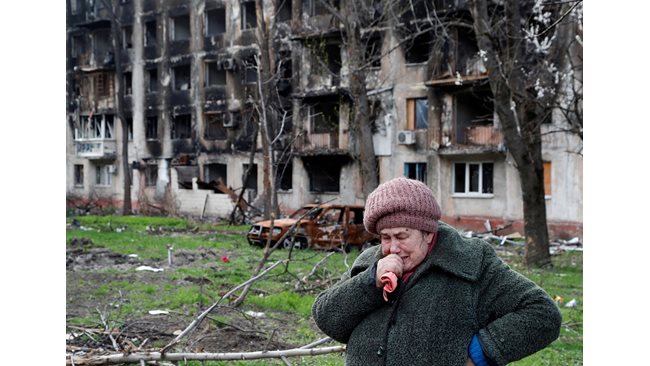Scientists have found that geoengineering to prevent the worst effects of climate damage could expose up to an additional billion people to malaria.
The report, published in Nature Communications, is the first assessment of how climate geoengineering affects infectious disease burden.
Geoengineering involves removing carbon dioxide from the sky so the atmosphere traps less heat, and solar radiation management (SRM) – which reflects more of the sun’s rays away from the planet, so less heat is absorbed. The latter can be done in a number of ways, including spraying particles into the sky to reflect the sun away from Earth.
The study looks at the latter, specifically by injecting aerosols into the stratosphere that reflect incoming sunlight, thereby temporarily “stopping” global warming. Although SRM has been discussed as a way to reduce climate inequities, its potential effects on health are rarely studied.
The scientists modeled what malaria transmission would look like in two future scenarios, with moderate or high levels of global warming, with and without geoengineering. The model determines the most favorable temperature for transmission by Anopheles Determine the sex of the mosquito and determine the number of people living in the area where transmission is possible.
They found that in some areas, projected higher temperatures killed the malaria parasite, so rapid cooling in those areas could reverse this decline, leading to higher disease rates. In the high-warming scenario, simulations find that another billion people are at risk of contracting malaria in the geoengineering world.
“The implications of this study for decision making are significant,” said Colin Carlson, research professor at Georgetown University Medical Center and lead author of the study. “Geoengineering can save lives, but the assumption that it will achieve it on an equal footing could put some countries at a disadvantage when it comes to making decisions. If geoengineering is about protecting populations at the forefront of climate change, we must be able to add risks and benefits—particularly in terms of neglected health burdens, such as mosquito-borne diseases.”
Other findings include that geoengineering can reduce malaria in some places while increasing it in others. For example, in both scenarios, the authors found that geoengineering could significantly reduce the risk of malaria in the Indian subcontinent even compared to today. However, this protective effect was offset by an increased risk in Southeast Asia.
“On a planet that’s too hot for humans, too hot for the malaria parasite,” Carlson said. “Cooling the planet may be a life-saving emergency option, but it could also reverse the course of this decline.”
–


